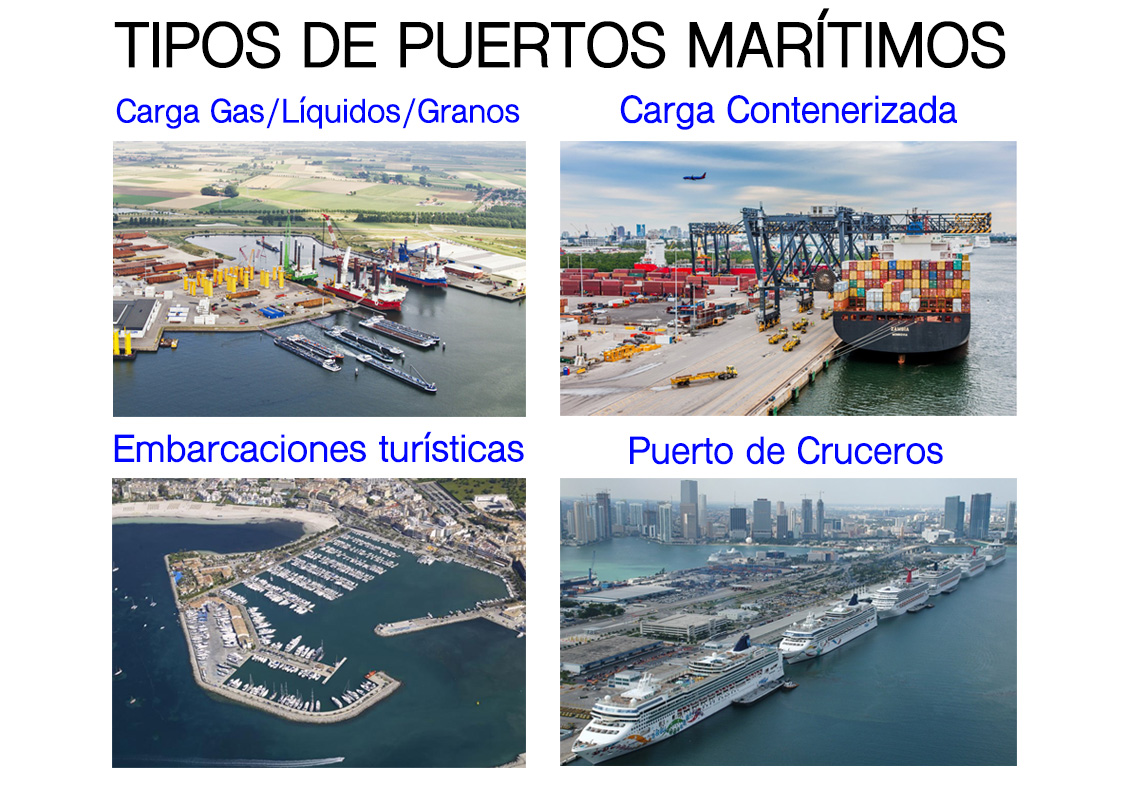A suspension bridge is any type of bridge that makes significant use of tension instead of or in addition to compression. A suspension bridge usually has main cables (plus ropes or chains), anchored at each end of the bridge. Any load applied to the bridge is transformed into a tension in these main cables. Early suspension bridges had the cables anchored in the ground at each end of the bridge, but some modern suspension bridges attach the cables to the ends of the bridge. Early suspension bridges did not have towers or piers, but they are present on most larger suspension bridges.

There are 5 types of suspension bridges:
Simple suspension bridge:
the oldest known type of suspension bridge, and usually a pedestrian walkway. The platform is flexible and sits on main cables, which are anchored to the ground.
Unextended suspension bridge:
an early 19th century descendant of the simple suspension bridge. The platform is raised on poles above the main cables.
Tesa band bridge or tensioned band bridge:
a modern descendant of the simple suspension bridge. The platform is on the main cables, but it is rigid, not flexible.
Self-anchored suspension bridge:
a modern descendant of the suspension bridge, combining elements of a cable-stayed bridge. The main cables are anchored to the ends of the decks.
On our Facebook we published some time ago some of the calculations that have to be done in order to plan a bridge.














